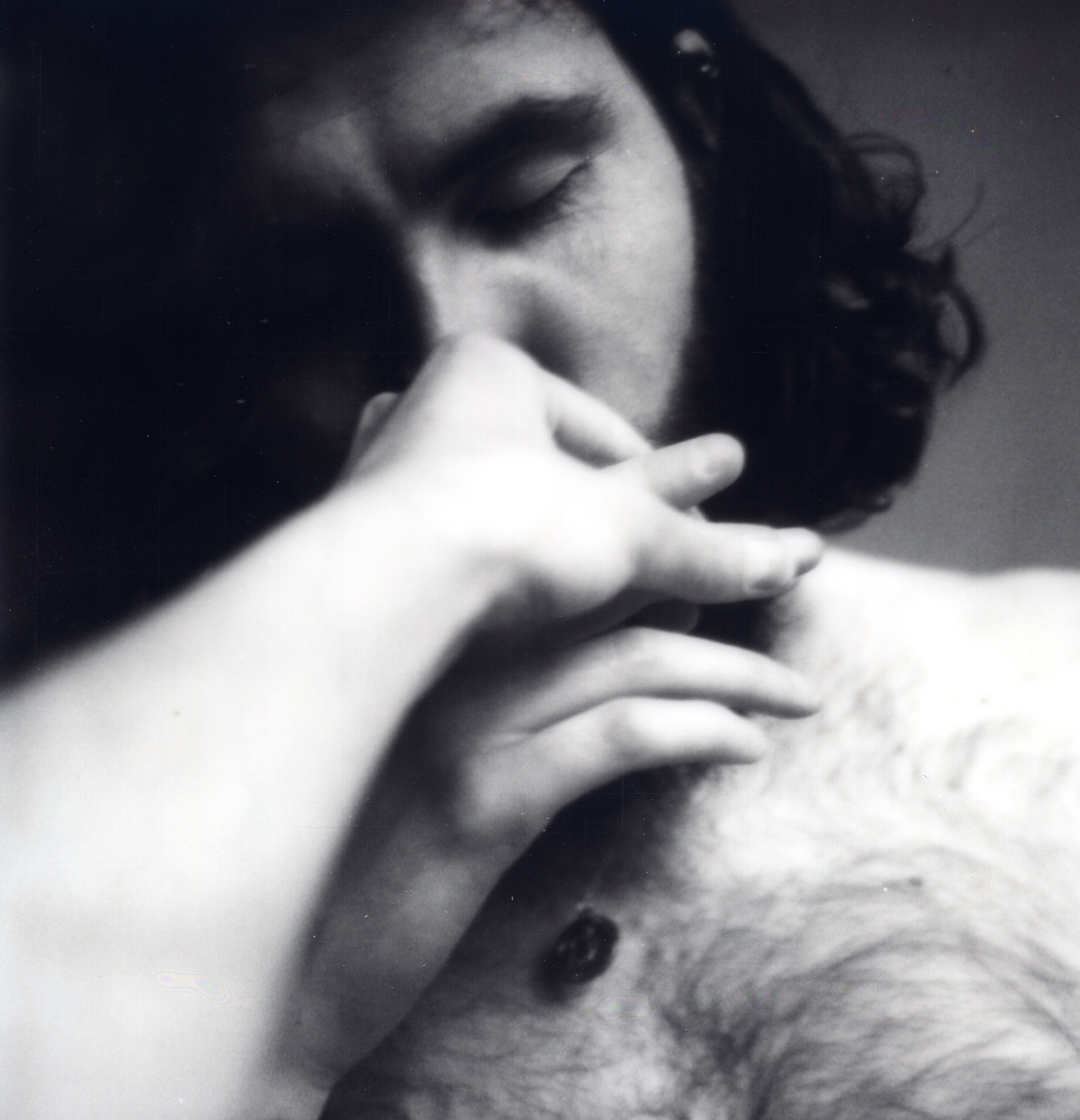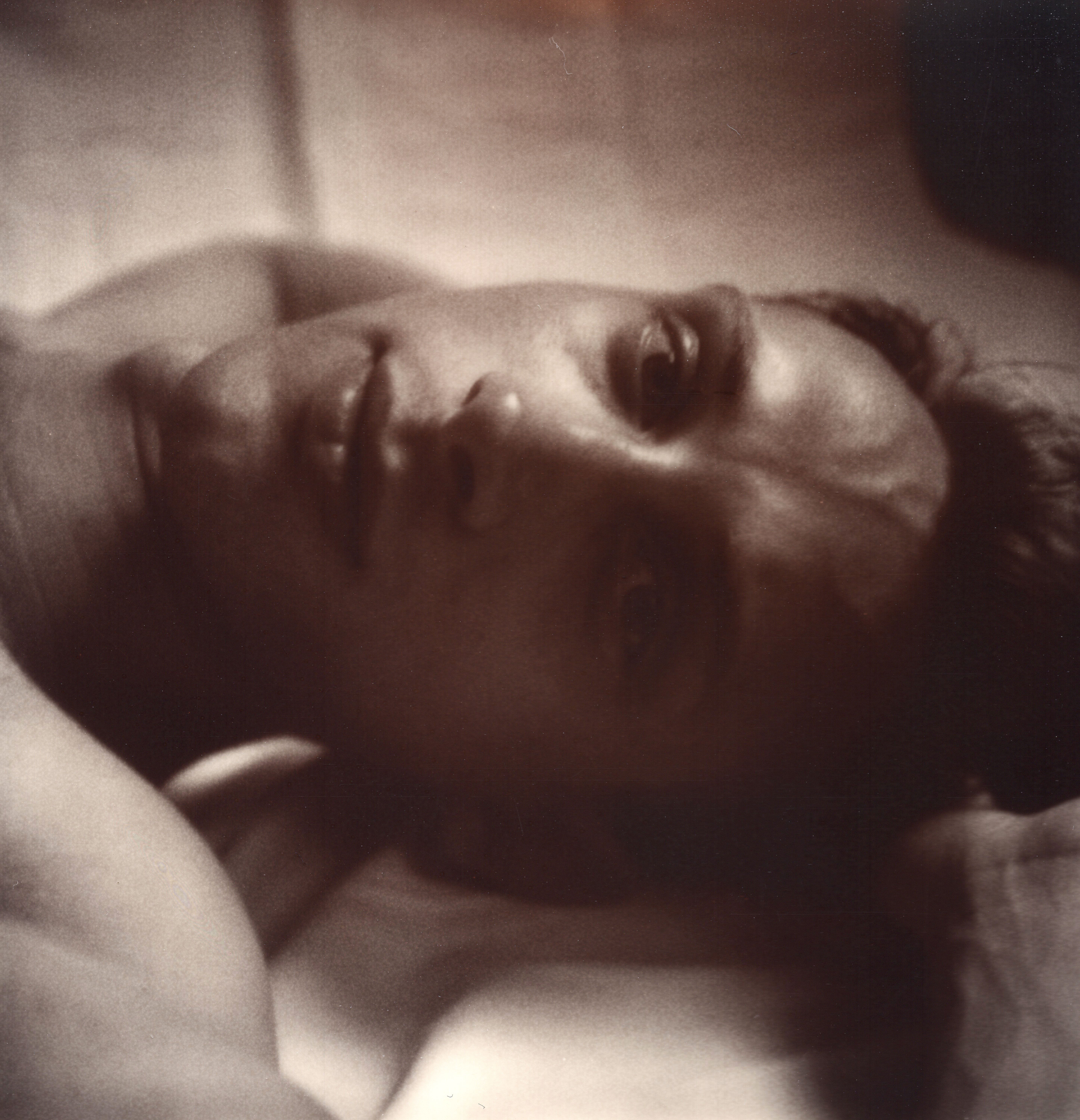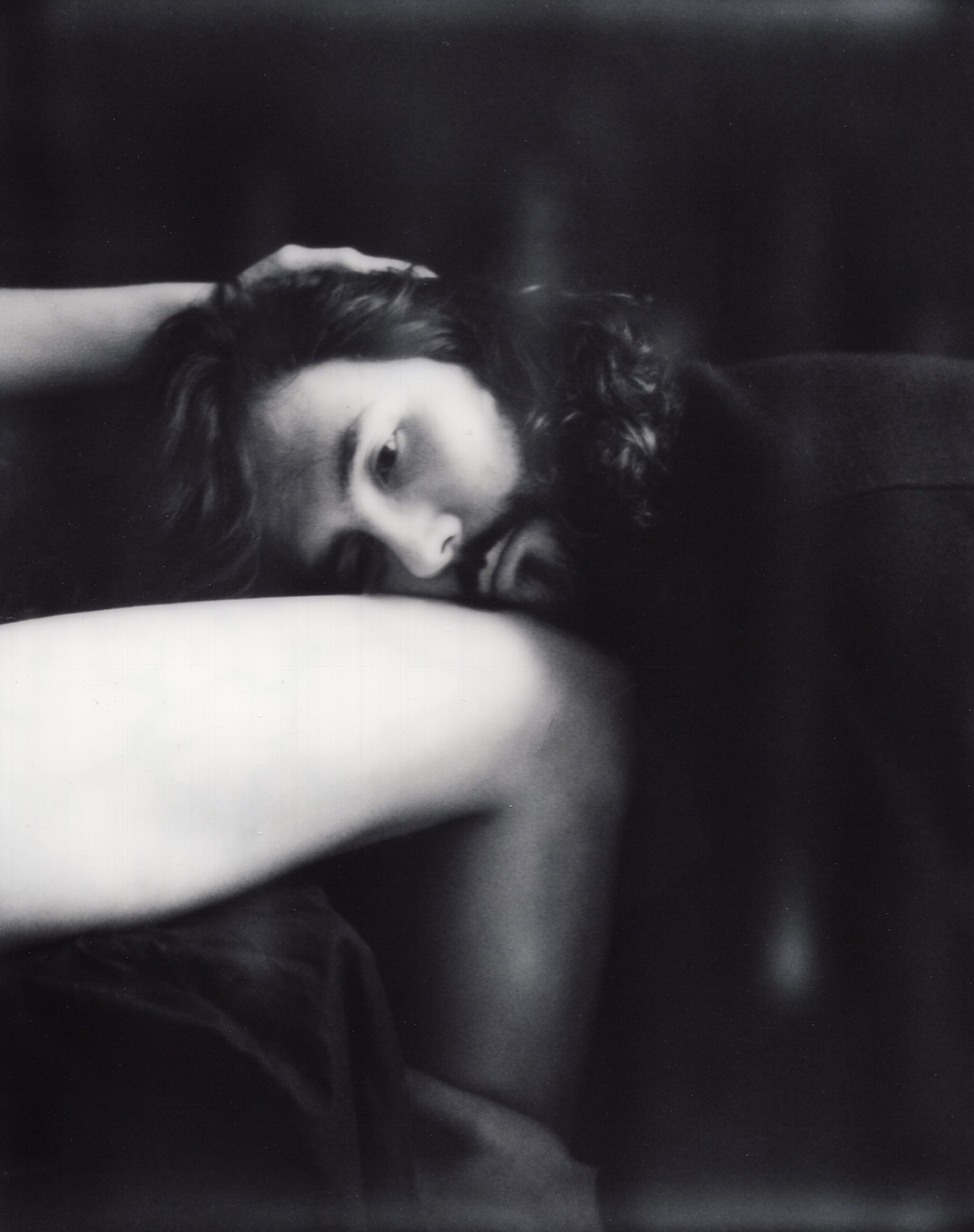Features
Soft, Intimate and Emotive: Redefining Masculinity with Photographer Phoebe Jane Barrett
By Marili - 3 min read
Phoebe Jane Barrett creates serene imagery that aims to reach a healthier notion of what being a man is, facilitating emotional expression through her artistic approach.
Subverting firmly established notions of male strength and resilience through photography, Phoebe Jane Barret casts her lens on male vulnerability and fragility through her emotive analog work. I sat down with her over coffee on a sunny afternoon in Kreuzberg, Berlin, to learn more about the ways she presents a more multifaceted vision of masculinity; one that expands upon mainstream ideals of strength, pride and power.
“The stereotypes around masculinity are damaging to men, women, and to society as a whole.”

Tell us a bit about your photography. How did you find the medium and how have you developed your style?
I studied photography at college but wasn’t entirely interested in it at that time. It was later on when I was at university and started collecting Polaroid cameras, and then exploring other film formats, that I became a little obsessed!
So far in my work I have explored the topic of gender through photographing men in a way that is not traditionally considered masculine. Initially I have chosen to focus on the masculine side, as the world is already so saturated with images of women, and so much within art has already been focused on the role of women in society. I feel the same can’t really be said for men. However, I do plan to explore femininity in my work in the future.
Why so?
Because I think the stereotypes around masculinity are damaging to men, women, and to society as a whole. Men who have this rigid, fixed idea of what a man is supposed to be are more likely to be depressed and emotionally repressed, suicide rates are higher for men. I think that’s why it’s important to redefine masculinity, so that we can have a healthier notion of what being a man is. Redefine it to include more empathy and compassion, and enable men to be more open emotionally.
This theme is important to me because gender issues are so pervasive and affect everyone. It can be really damaging to have such rigid ideas of gender. Masculinity and femininity are both equally important, and yet it is usually the traditionally masculine traits which are favoured in society over traditionally feminine traits.
I think it’s beautiful how you are able to be so vulnerable in your work. In what ways do you find photography to be a useful tool for authentic representation?
I think it is a very useful tool for representation and exploring different perspectives and world views. Of course, photography can also be used for very inauthentic representation, in the form of manipulation and retouching, for example. But to explore important issues I think it can be very effective in the right hands.

It feels like you use the camera as a tool to connect with the subject of the image. Is this a conscious decision and something that you aim for?
It’s a strange thing, because the camera can be both a barrier and a tool for connection. This also brings back the topic of masculinity and femininity, the actual role of the photographer, for me, feels masculine. You have to adopt these masculine traits such as assertiveness and dominance. I don’t usually associate with these traits and so it is interesting for me to step into this role.
“The camera can be both a barrier and a tool for connection.”
I think this is why I first began with self-portraiture, as it was easier to work with just myself. As my work has developed, though, so has my ability to connect with my subject and create a dynamic that I am comfortable with. I like to capture moments of tenderness and vulnerability and hope people take this from my work.

“We’re in a space now where we have the opportunity to shake things up and challenge traditional ways of thinking.”

What do you think gender means in 2018?
Itis an important topic which needs to be discussed, and I imagine that discussion will last as long as it takes for minds to open. Social media is such an amazing tool for debate, it’s accessible and means everyone can be involved in the conversation and have the opportunity to expand their thinking. In art, politics, in society as a whole –gender issues and our understanding of masculinity and femininity are being discussed.
Mostly I wish that gender created less of a divide between people. I feel we shouldn’t be separated into these rigid categories of gender as we currently are, and let these categories dictate how we act and behave. We’re in a space now where we have the opportunity to shake things up and challenge traditional ways of thinking.
“I wish that gender created less of a divide between people.”

How do you want to bring your perception of masculinity across in your images?
When you photograph someone, even though you are capturing another person, there’s always a piece of yourself that will inevitably come through in that image. I have sometimes seen myself as fragile, and that’s why that aspect comes through. I think, in day to day life I am relatively private and so I choose to expose parts of myself through my work. It is personal and intimate because that’s what I enjoy documenting most, the smaller moments.
“When you photograph someone, there’s always a piece of yourself that will inevitably come through in that image.”
I think it is fundamental that we begin to allow men to be more vulnerable and emotionally open, for their own mental health and to be able to forge a more compassionate society. We need to value traditionally feminine traits such as compassion, empathy and nurturing as much as we value masculine traits, and not view them as weak, so that it becomes more normalized for men to also experience and adopt these traits.

“It’s fundamental that we allow men to be more vulnerable and emotionally open.”

Alongside your personal photography, you also run a photography-focused magazine dedicated to film photographers around the world. What sparked you to createa magazine like this?
I began the magazine as I felt passionate about giving other photographers a platform for their work and I wanted to create beautifully curated collections of work both online and in print. The desire to create print publications also relates to my feelings about our very instant world, like film, printed material forces you to slow down and have a fully immersive experience. The magazine did initially begin with the idea of solely featuring film photography, but it has since expanded to include digital too. Atmospheric, cinematic, raw, and emotive photography inspires me the most. I admire work which makes me really feel.

This interview was created as part of #NotYourCliche, our movement away from antiquated stock stereotypes and towards a more relevant, inclusive, representative view of global culture and society. Explore more of Phoebe’s work, her moving photography andwritten word, via her website – or take a peek at her Instagram profile.
